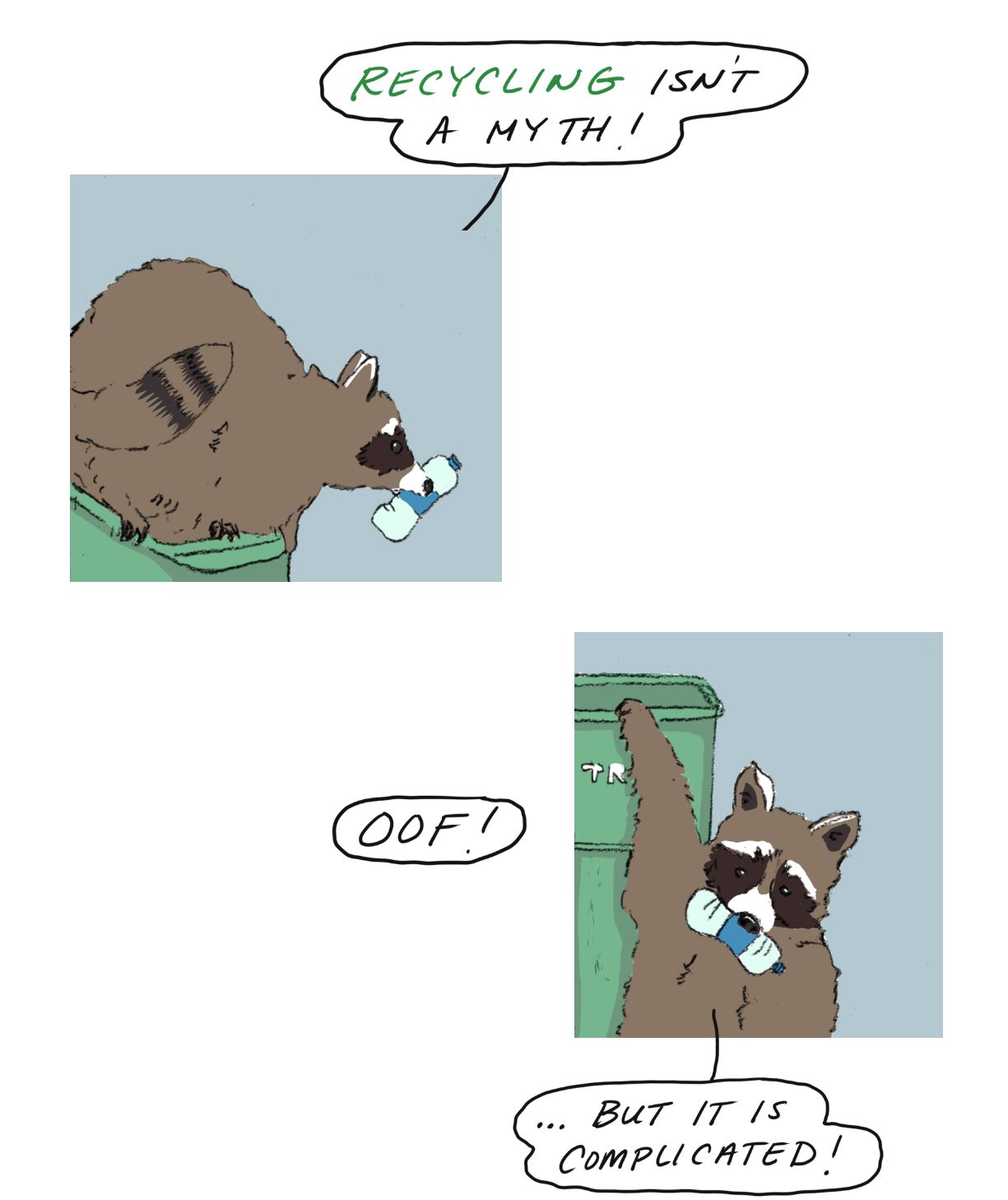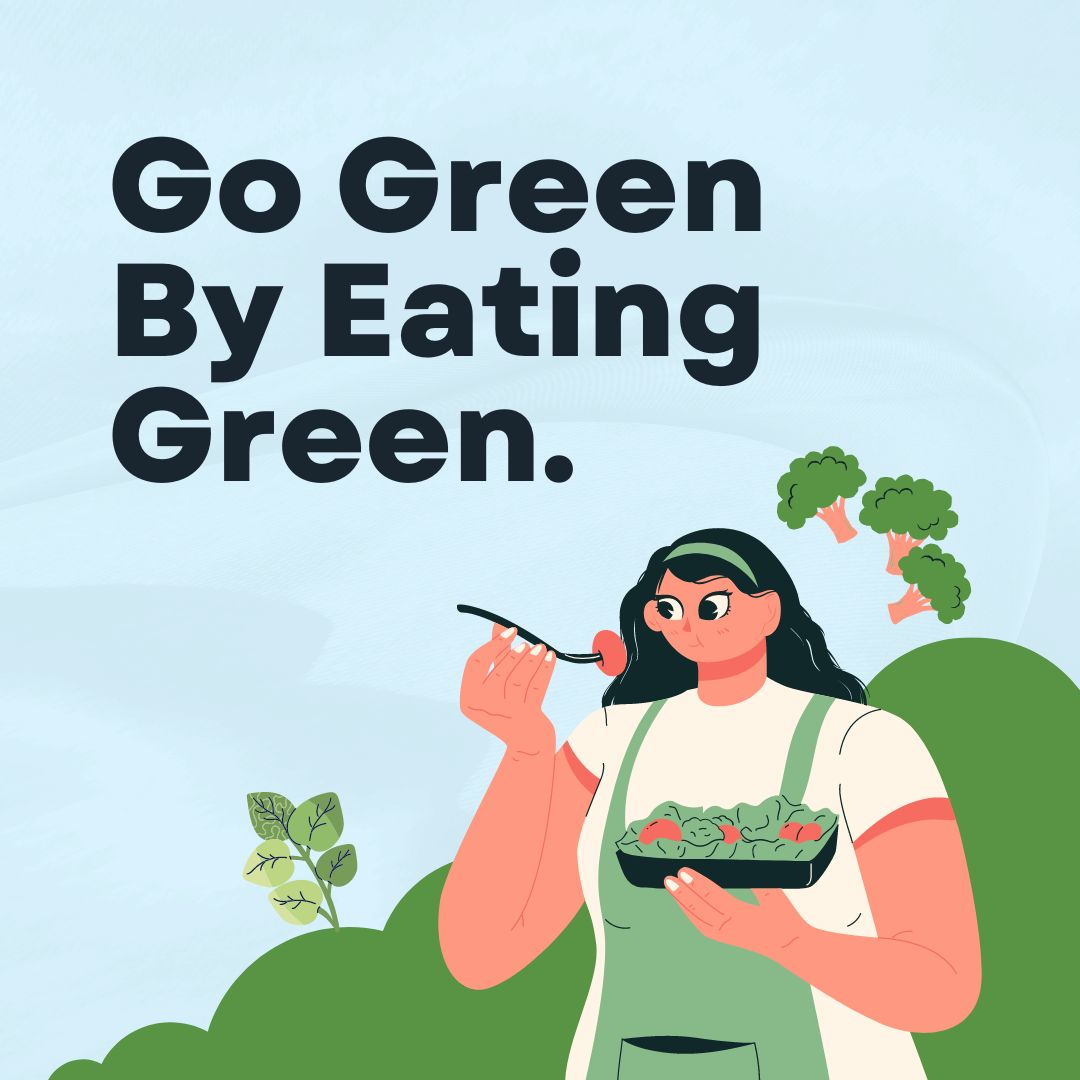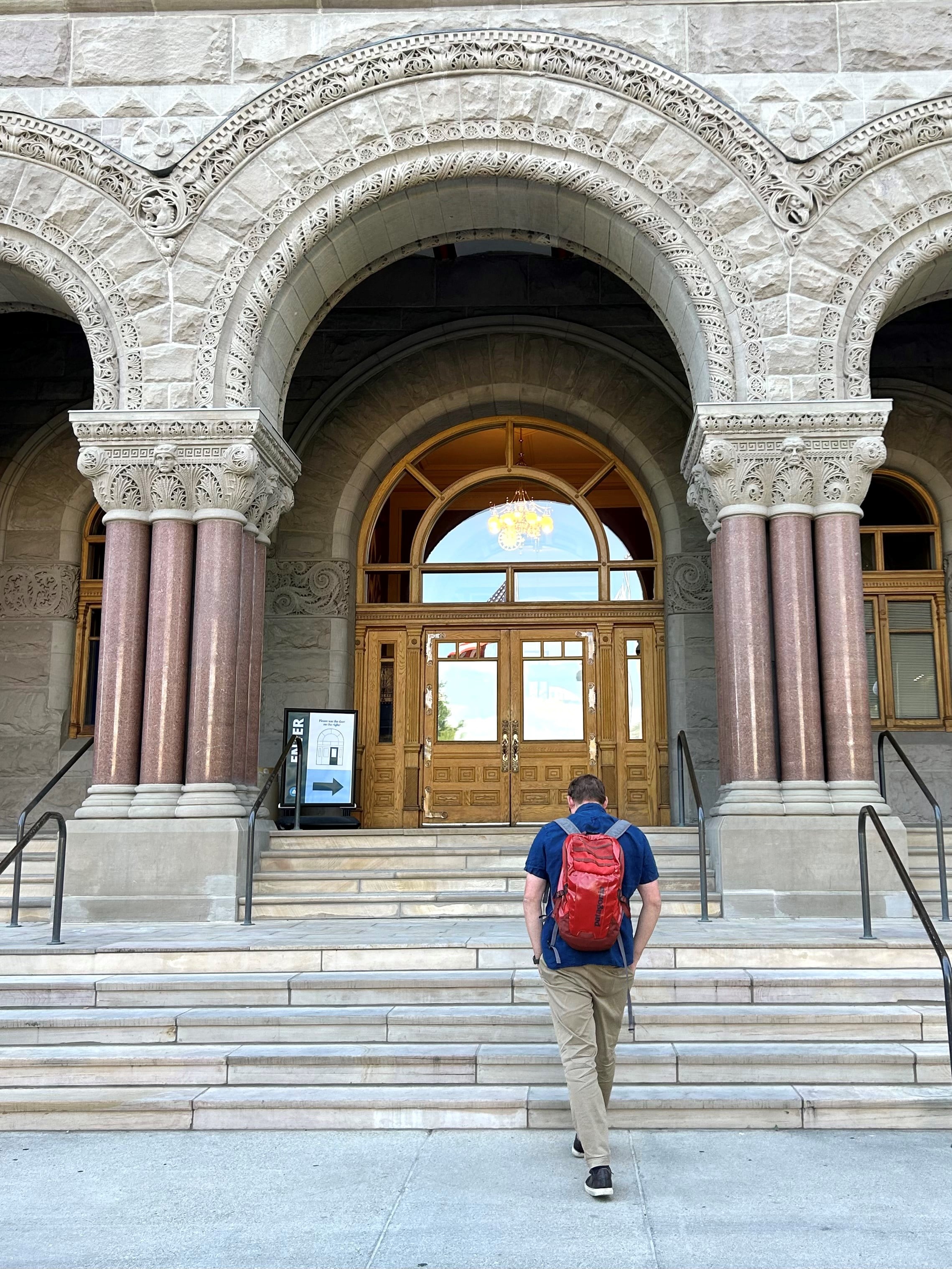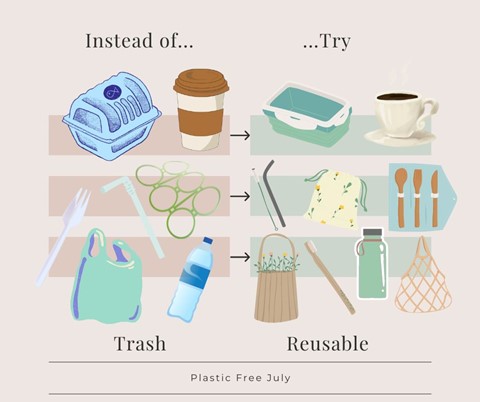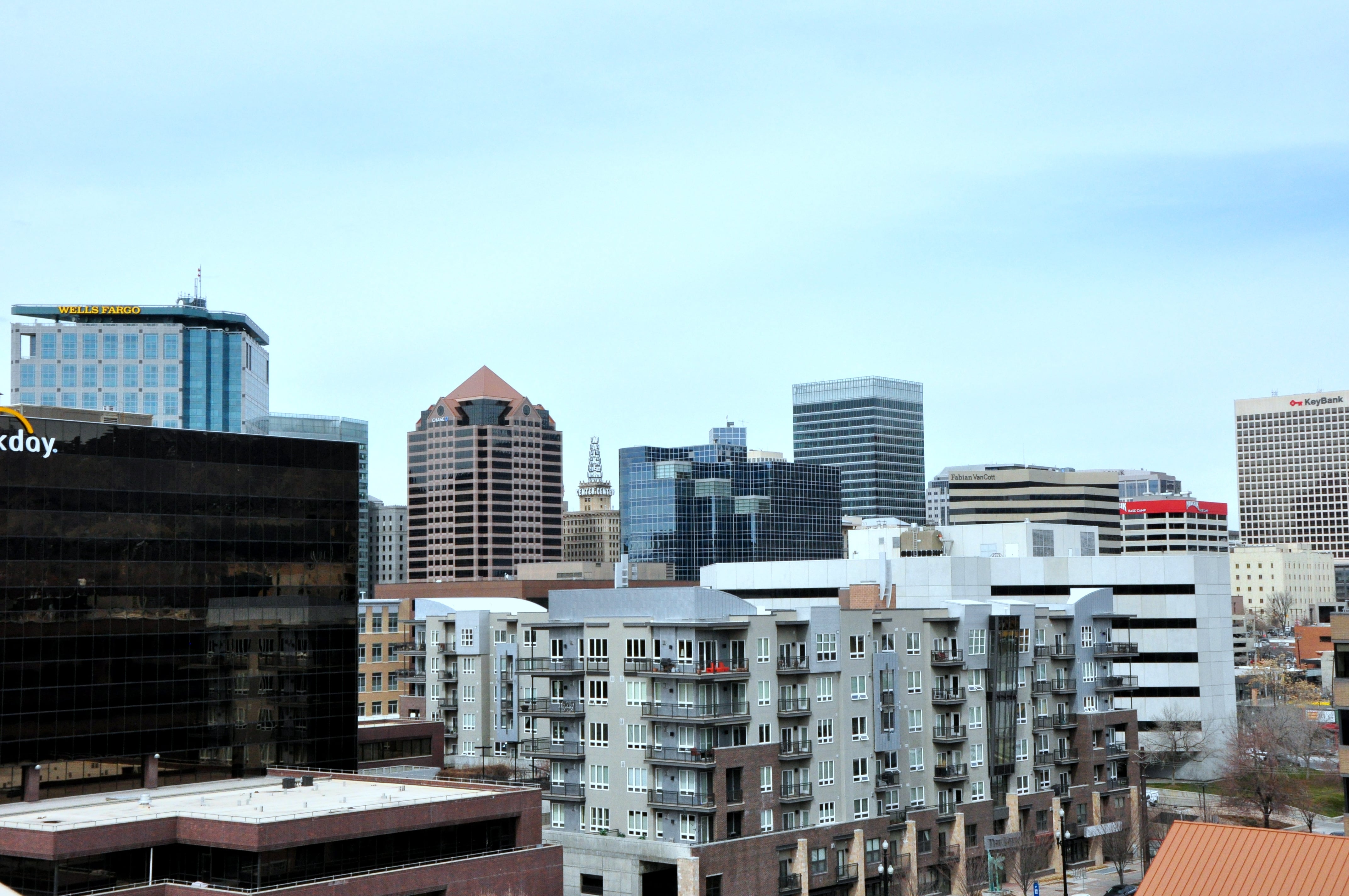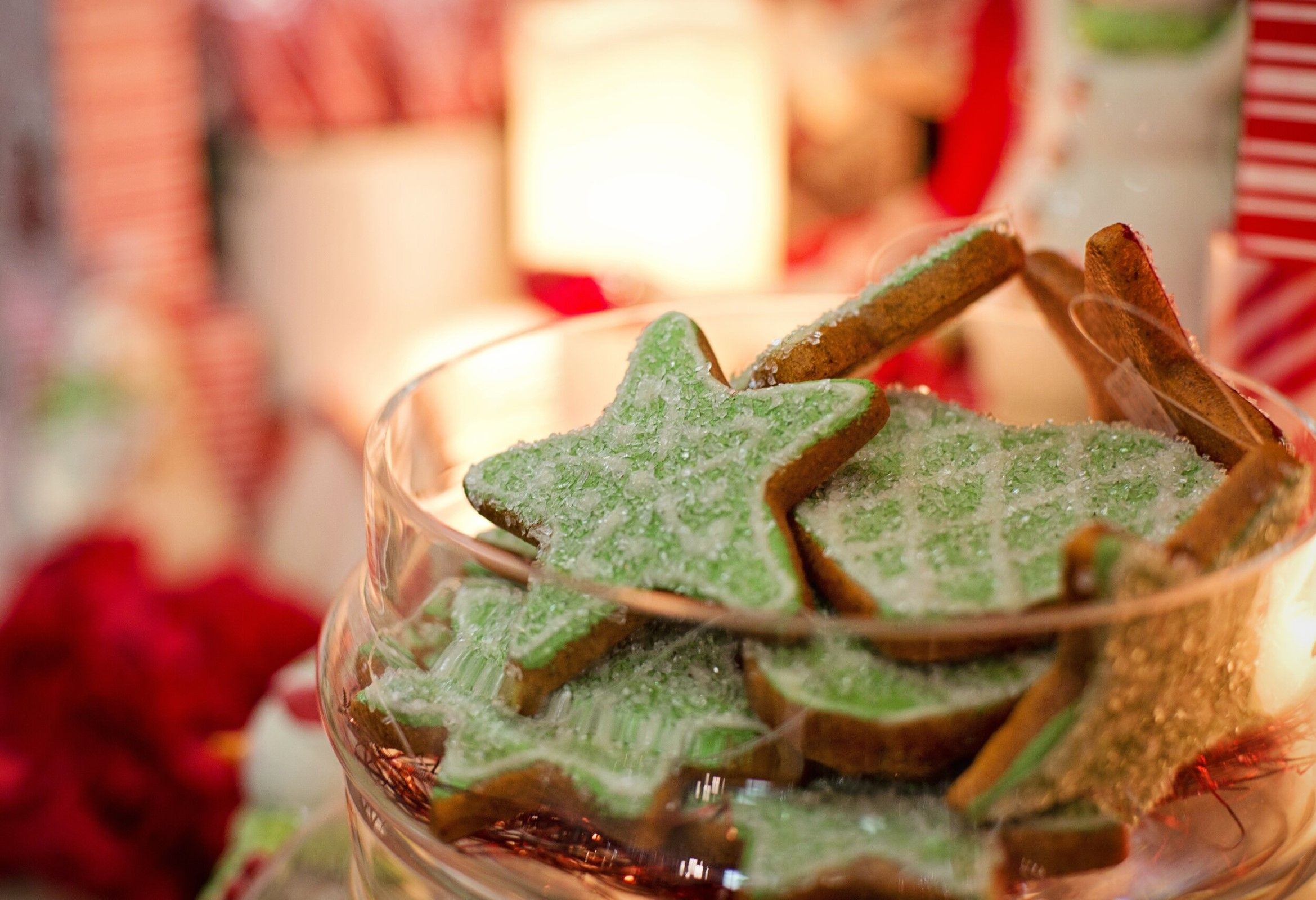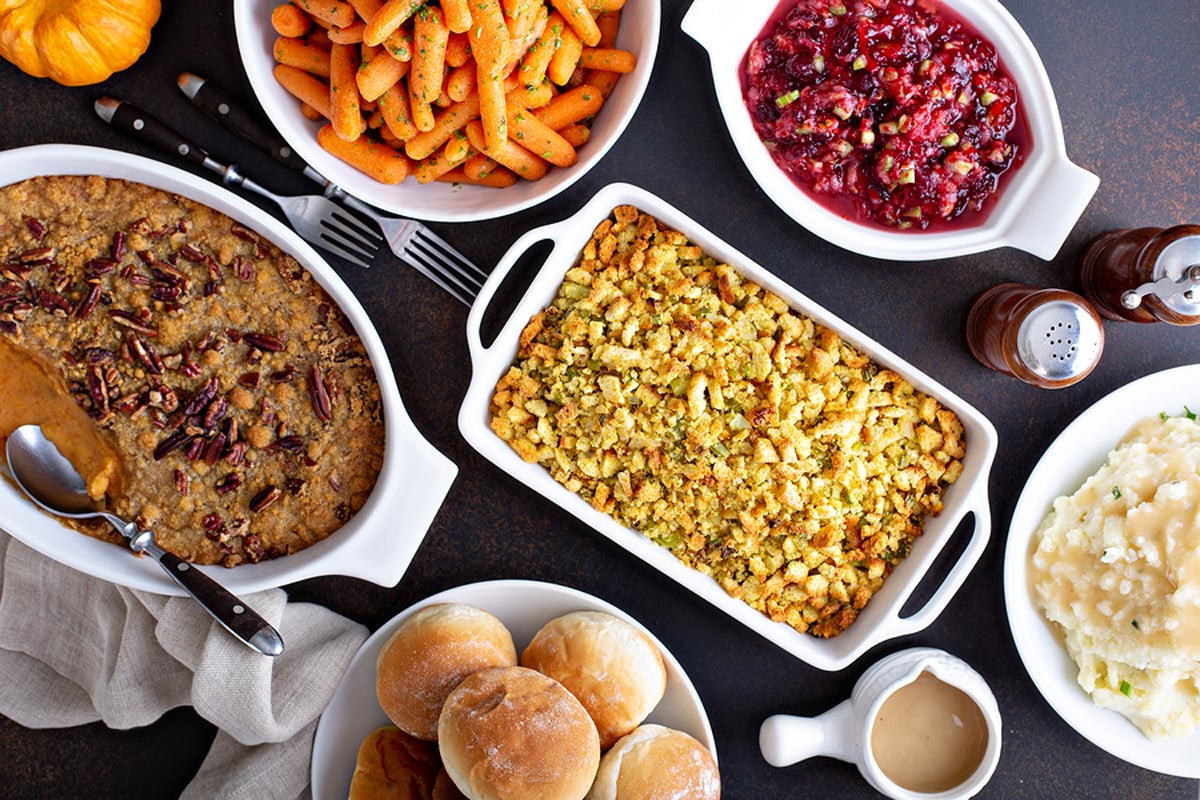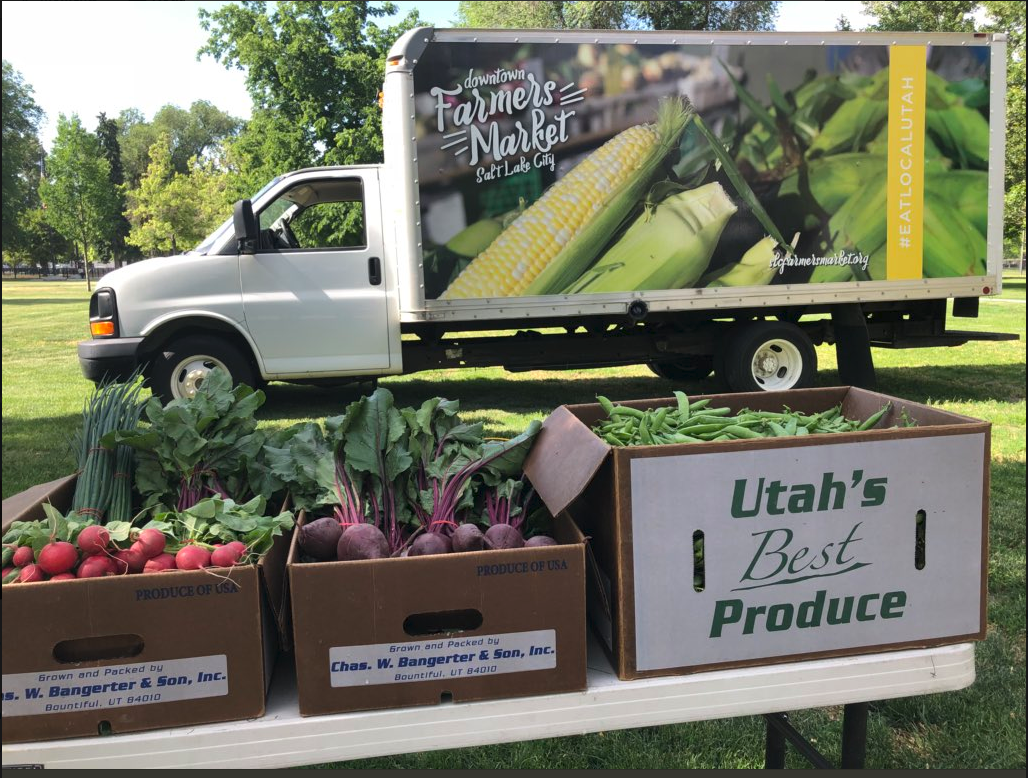by SLCgreen intern Mariah Trujillo
Last week we celebrated Utah Climate Week but did you know it was Eat Local Week too? This is a weeklong event developed by Urban Food Connections of Utah, that challenges participants to eat food grown or raised within a 250-mile radius.
Eat Local Week is intended to highlight and celebrate regional harvests, local agriculture, and Utah’s agricultural heritage. Supporting strong local food systems is one way to build a more resilient community and it can help reduce emissions. Climate change, rising temperatures, and changing precipitation patterns are rapidly changing our agricultural system.
On July 17, Salt Lake City reached our all-time city record high temperature of 107owhich was repeated several times throughout this summer and into September! High temperatures during extended growing seasons affect the health and yield of crops that haven’t been adapted to a specific regional climate. Supporting our local farmers and their farms builds and invests in communities and helps them become more resilient to our changing climate.
What does “local food” mean?
Local food is grown and produced within a small distance from where the consumer purchases it. On average, produce in the United States travels 1,500 miles from production point to the consumer’s plate. Local food, on the other hand, usually travels a maximum distance of 100-250 miles. Some common locally produced food items include fruits, vegetables, grains, meats, eggs, dairy products, and honey.
Continue reading →
